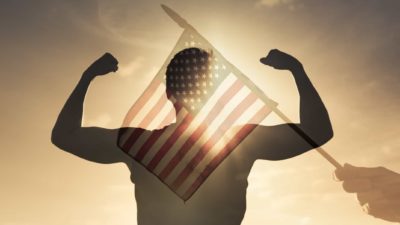This article was originally published on Fool.com. All figures quoted in US dollars unless otherwise stated.
On Tuesday, Amazon (NASDAQ: AMZN) announced the debut of Luxury Stores, a channel available "by invitation only" and designed to showcase high-end luxury and beauty brands that will launch exclusively on the company's mobile app. Amazon is describing its latest offering as a "store within a store" experience, and it will include interactive technology that will provide users a 360-degree view of the fashions available, as well as how the clothing will appear on different body types.
One of the world's leading fashion houses, Oscar de la Renta, is the first luxury brand to partner with Amazon on the initiative, and will offer its pre-fall and fall/winter 2020 collections via the channel. This will include ready-to-wear apparel, as well as handbags, jewelry, accessories, and a new perfume that is being released just for the occasion.
The company said that over the past year, Amazon customers had ordered more than 1 billion fashion items via mobile devices, which illustrates that more shoppers than ever before are turning to mobile.
In order to appeal to these distinctive brands, Amazon is granting the partnering labels greater decision-making power and control over the inventory, assortment, and pricing, while also giving them the option to handle their own customer service.
Oscar de la Renta CEO Alex Bolen estimates that "somewhere near 100% of our existing customers are on Amazon and a huge percentage of those are Prime members. So they're already in that environment. ... We want to be able to talk to her wherever she's comfortable shopping."
A number of high-end department stores, including Lord & Taylor and Neiman Marcus, have filed for bankruptcy this year in the face of the ongoing pandemic. These retailers have historically provided important distribution channels for fashion houses to get their goods in front of affluent customers, but a growing number of shoppers are adopting e-commerce in response to stay-at-home orders and concerns about COVID-19 more broadly.
This article was originally published on Fool.com. All figures quoted in US dollars unless otherwise stated.









